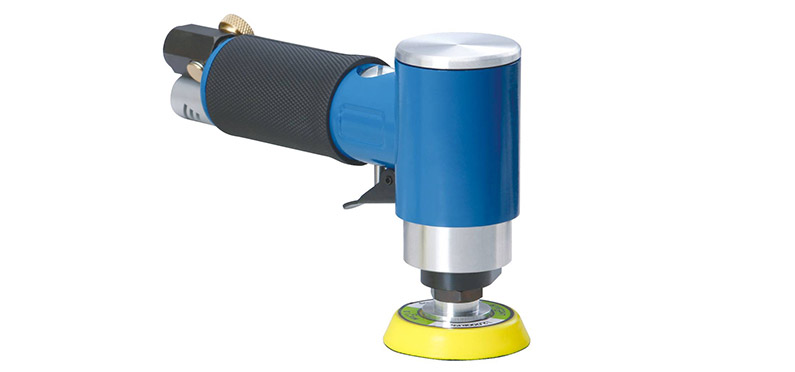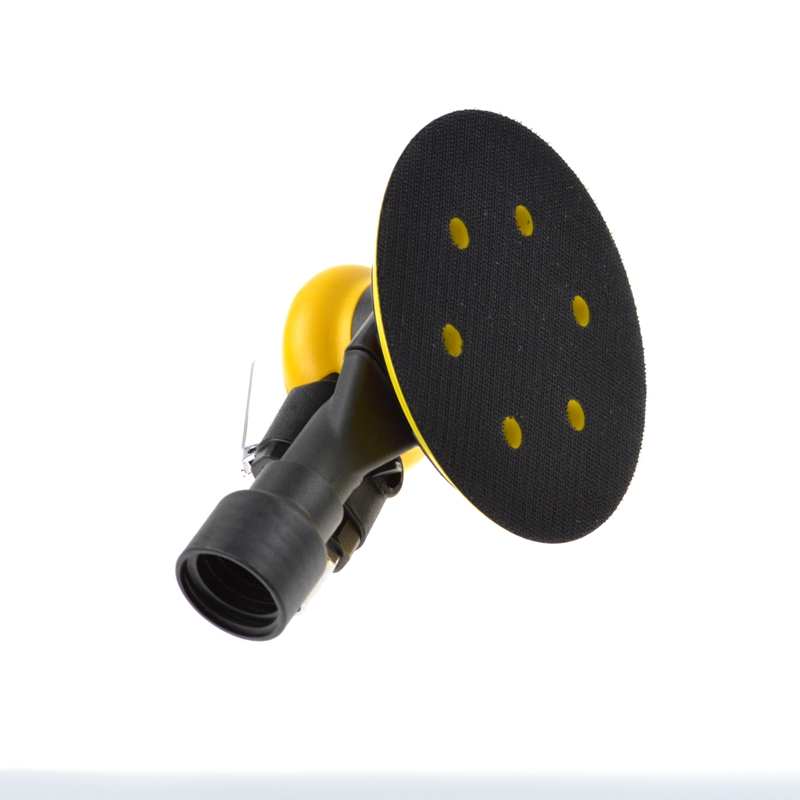

Views: 0 Author: Site Editor Publish Time: 2021-04-12 Origin: Site








Mechanics and workshop workers often rely on pneumatic grinders for various tasks such as sharpening, cutting, and polishing. Despite their utility, these devices can be incredibly noisy, posing a risk to hearing and creating an unpleasant work environment. Fortunately, there are effective methods for reducing the noise generated by pneumatic grinders, making the workspace safer and more comfortable.
Reducing noise from a pneumatic grinder involves a combination of proper maintenance, utilizing noise-reducing attachments, and adopting best practices. These tactics not only help in lowering the noise levels but also extend the life of the equipment and increase efficiency.

Regular maintenance is crucial in reducing the noise of a pneumatic grinder. Ensure that all parts of the grinder are properly lubricated. Friction between the internal parts can significantly amplify noise, so utilizing the correct type and amount of lubricant is critical. Check for wear and tear on the grinder regularly. Worn-out parts can cause the grinder to operate louder than usual. Components such as the air filter, bearings, and spindle should be inspected and replaced if needed.
Another key maintenance task is ensuring that the air supply is adequate and consistent. Fluctuations in air pressure can cause the grinder to work harder than necessary, thereby increasing noise. Using an air regulator to maintain steady pressure can mitigate this issue.

Several attachments can help in reducing the noise generated by a pneumatic grinder. One of the most effective is a muffler or silencer. Mufflers work by dissipating the sound waves generated by the grinder, thereby reducing overall noise levels. These can be easily attached to the exhaust port of the grinder.
Additionally, using grinding discs and attachments designed for quieter operation can make a significant difference. For example, precision-balanced wheels can reduce vibration and noise. These specialized wheels are manufactured to tighter tolerances, resulting in less wobble and noise production during operation.

Creating a soundproof enclosure for the pneumatic grinder can help in containing and reducing the noise. This can be achieved by using soundproof materials such as acoustic panels or foam. The enclosure should be designed to absorb and block sound effectively without restricting airflow or access to the machine.
Moreover, using barriers or soundproof curtains around the workspace can further minimize noise pollution. These barriers can be strategically placed to prevent the sound from spreading to other areas of the workshop.
While it's important to reduce the noise at the source, personal protective equipment (PPE) such as earplugs or earmuffs is also essential. High-quality ear protection can significantly reduce the risk of hearing damage. It's recommended to use PPE that has a high Noise Reduction Rating (NRR) to ensure maximum effectiveness.
Educating workers about the importance of using ear protection consistently is equally important. Training sessions on the proper use and maintenance of PPE can further enhance safety in the workplace.
Adopting best practices and operational techniques can also play a significant role in noise reduction. One such practice is to operate the grinder at the correct speed. Over-speeding the grinder can lead to excessive noise and potential damage to the machine.
Proper handling and positioning of the grinder can also minimize noise. Ensuring that the workpiece is securely clamped can reduce vibrations and noise. Additionally, using a steady hand and maintaining consistent pressure can lead to smoother operation and reduced noise levels.
In conclusion, reducing the noise generated by a pneumatic grinder involves a holistic approach that includes regular maintenance, the use of noise-reducing attachments, creating a soundproof environment, personal protective equipment, and adopting best operational practices. Implementing these methods not only makes the work environment more pleasant but also protects workers from potential hearing damage and enhances overall productivity.
Investing time and resources in these noise-reducing methods is a worthy endeavor. Not only does it contribute to worker safety and comfort, but it also ensures the longevity of the equipment and efficiency in operation.
Why is my pneumatic grinder so noisy?
Your pneumatic grinder may be noisy due to inadequate lubrication, worn-out parts, or inconsistent air pressure.
Can a muffler be added to any pneumatic grinder?
Yes, most pneumatic grinders can be fitted with a muffler or silencer to reduce noise levels.
How often should the air filter on a pneumatic grinder be replaced?
The air filter should be checked and replaced regularly according to the manufacturer's recommendations, typically after a specific number of operational hours.
Is it necessary to use ear protection if noise-reducing methods are implemented?
Yes, ear protection is still essential as it provides an additional layer of protection against hearing damage.
What type of lubricant should be used for a pneumatic grinder?
It is best to use a lubricant recommended by the manufacturer to ensure optimal performance and noise reduction.